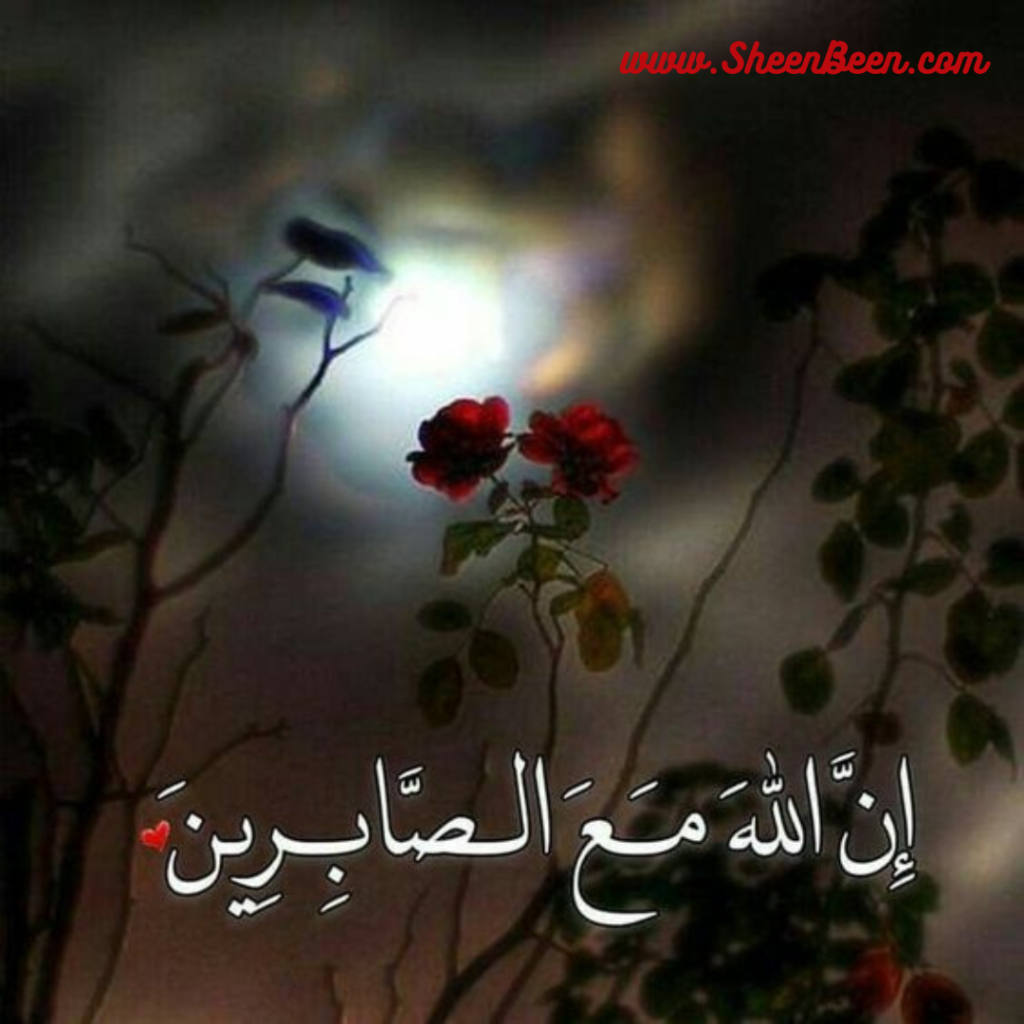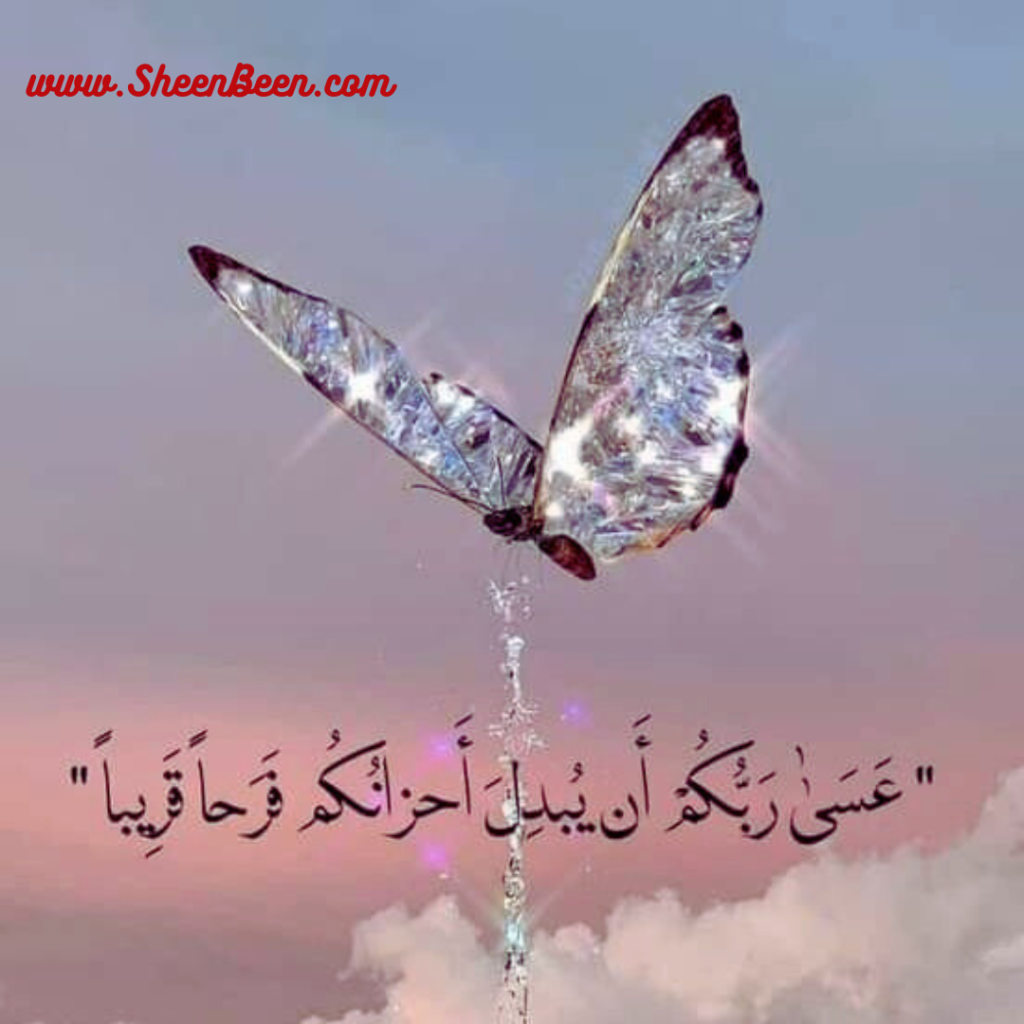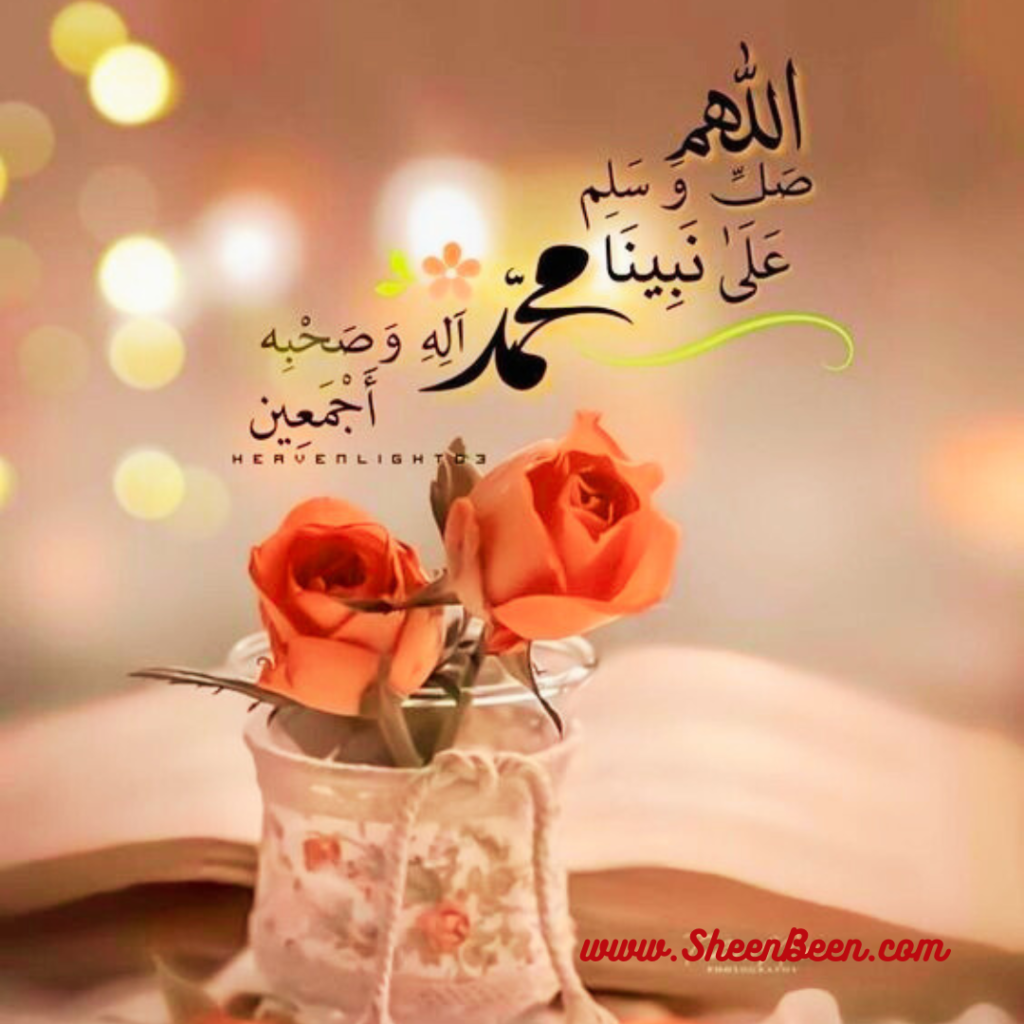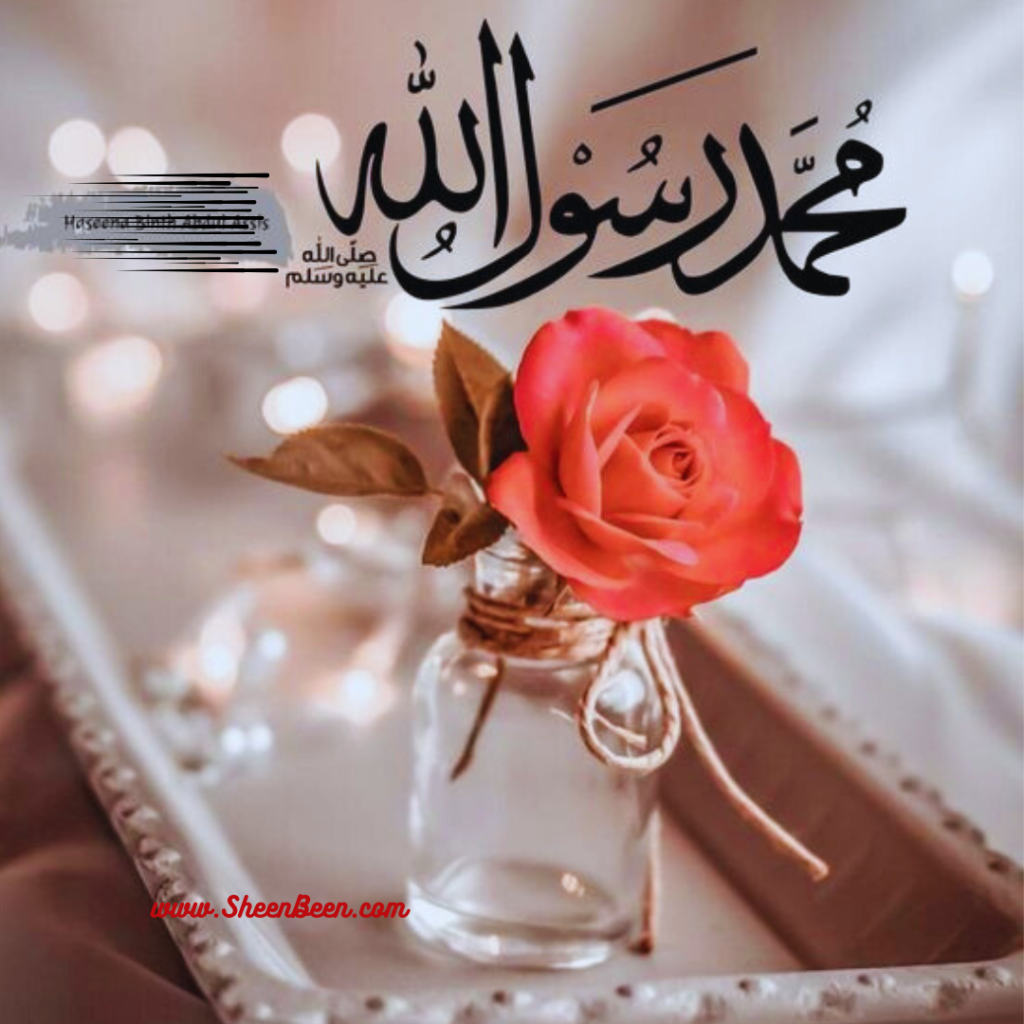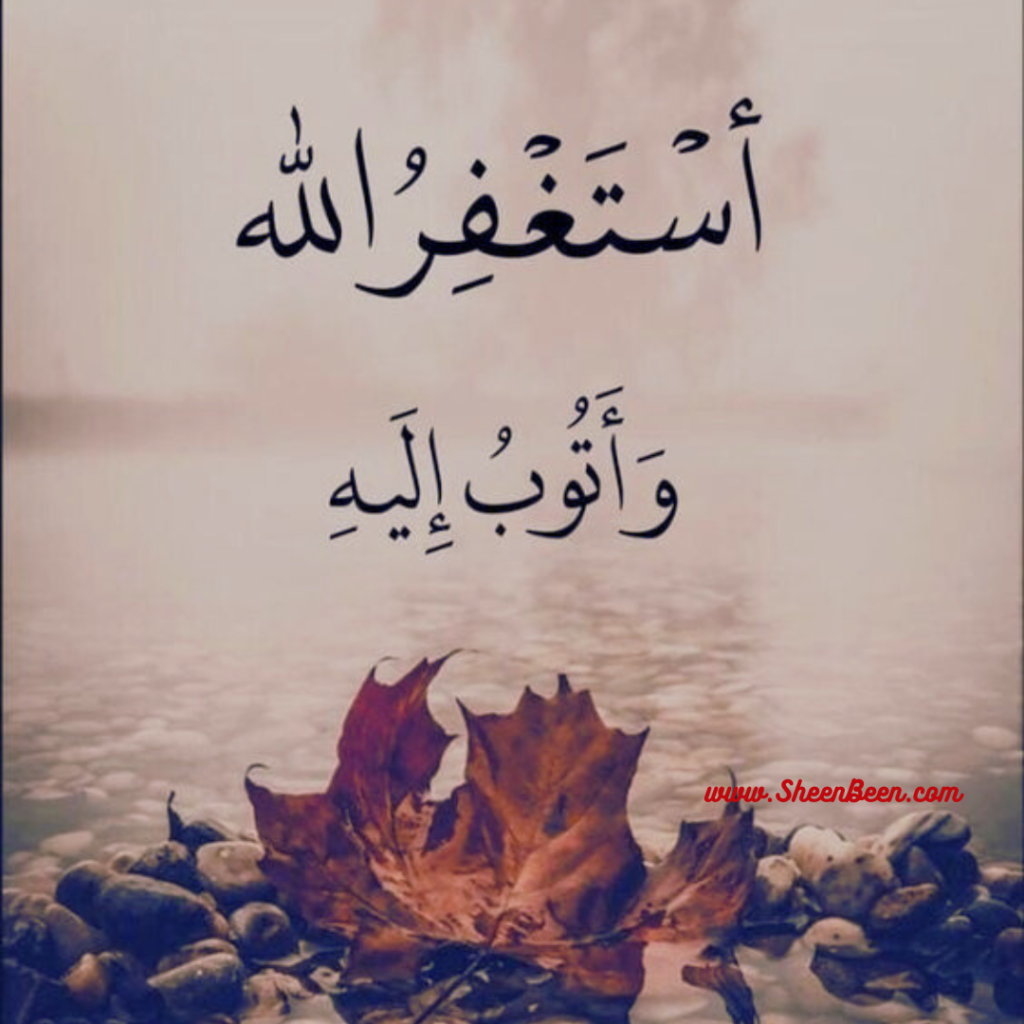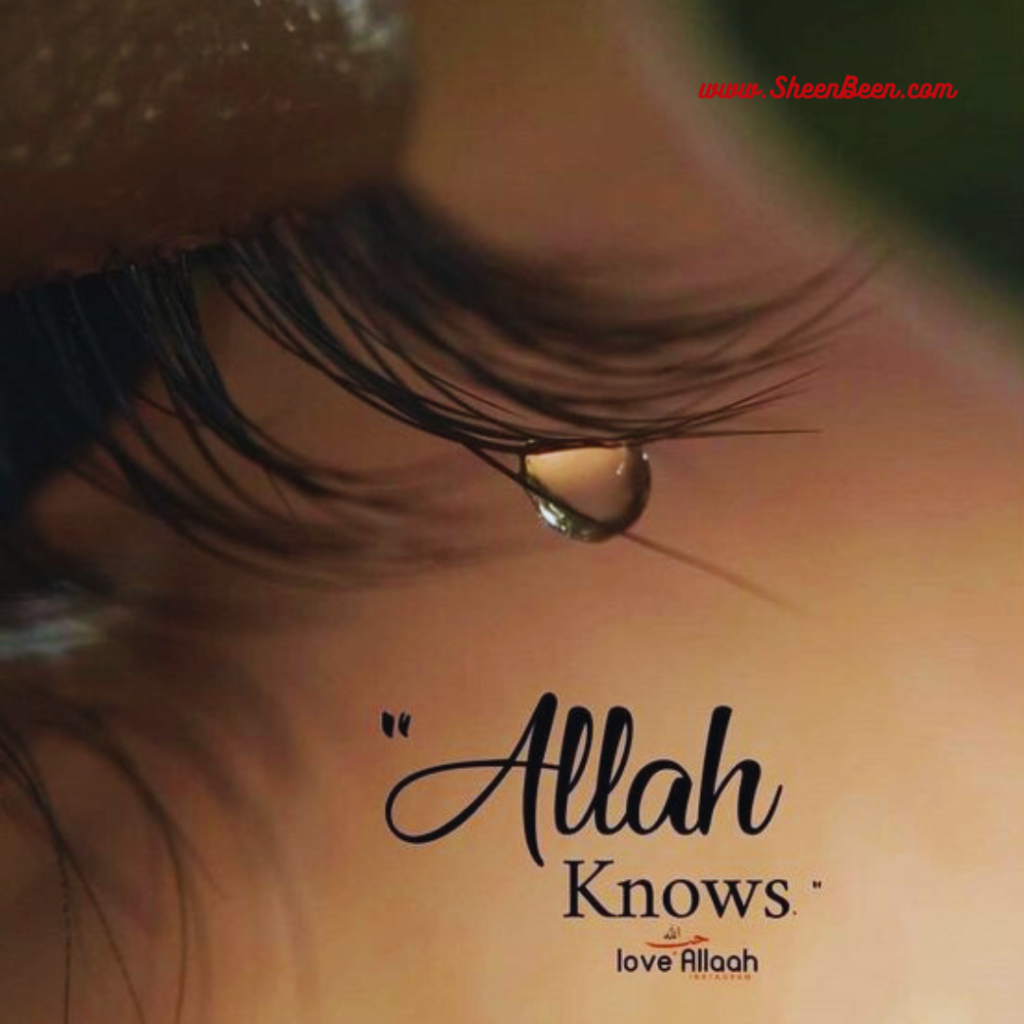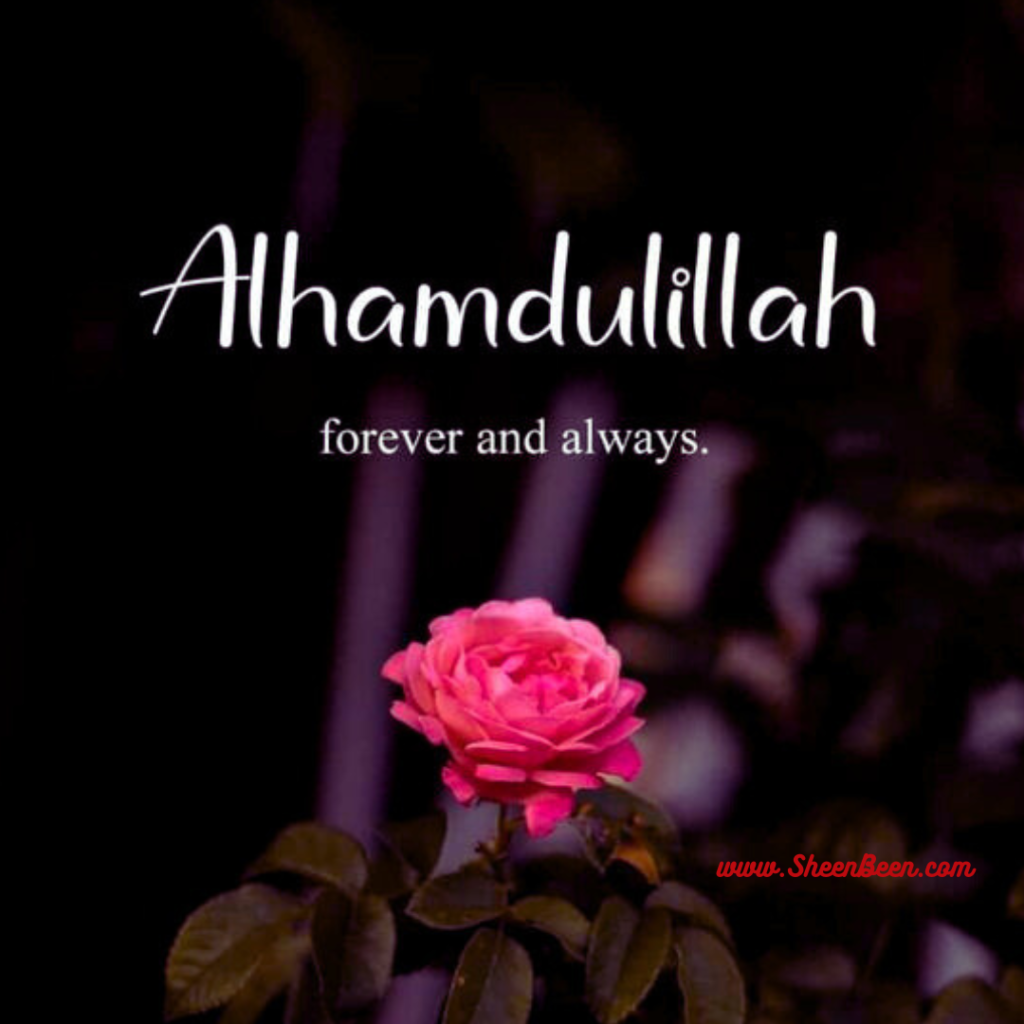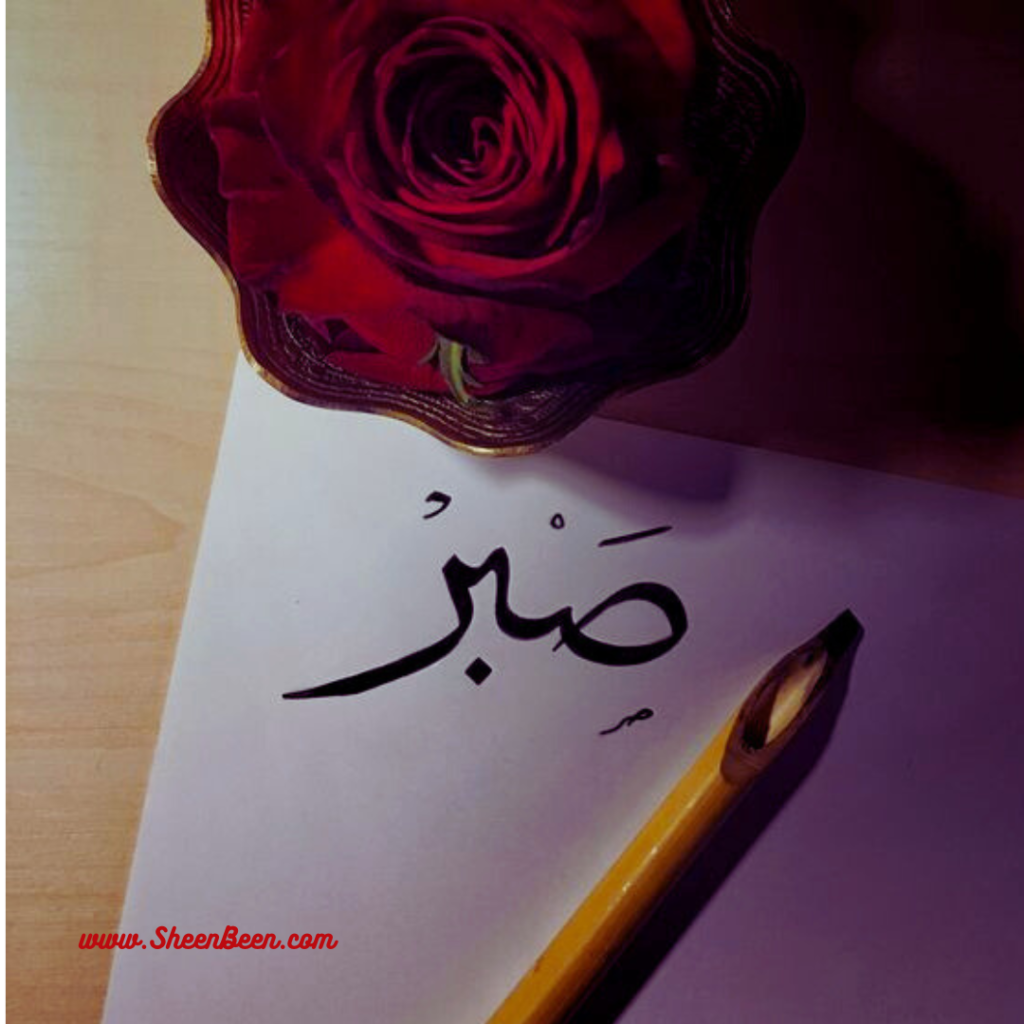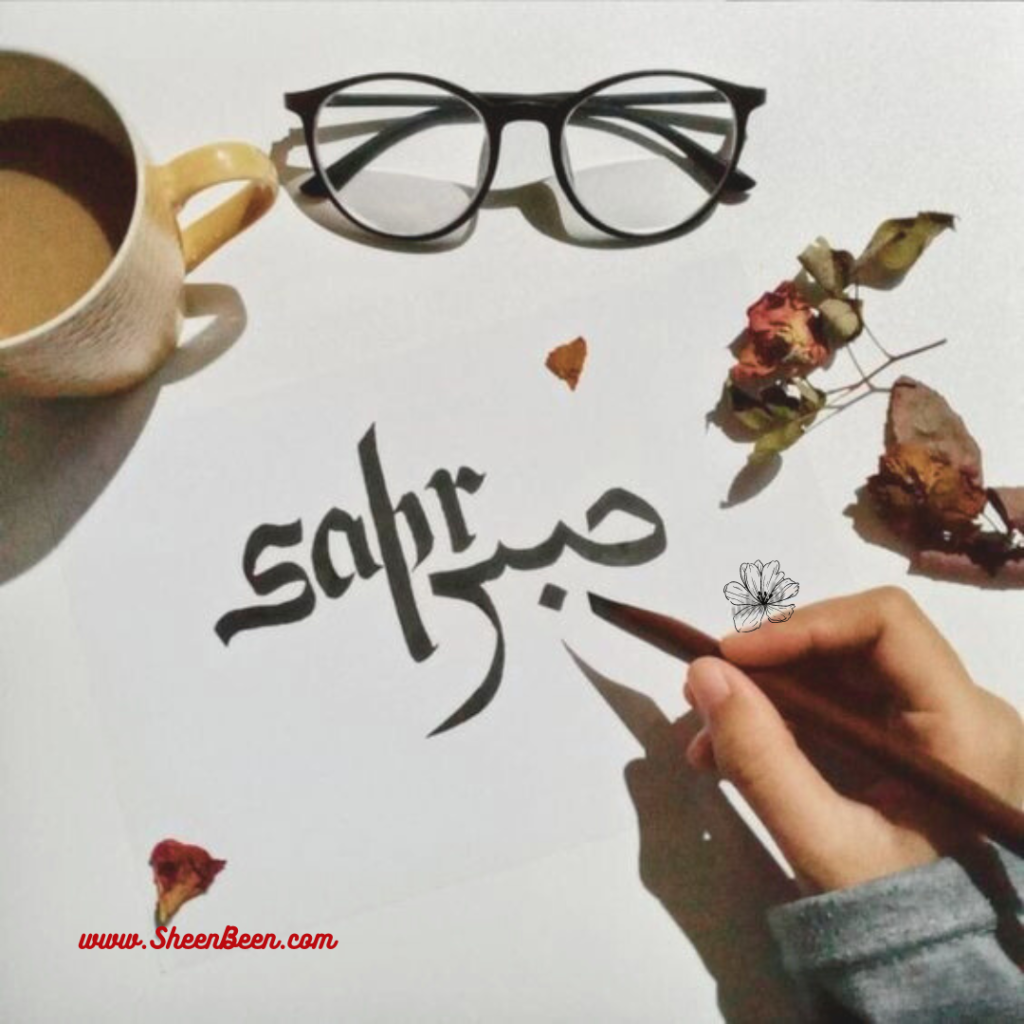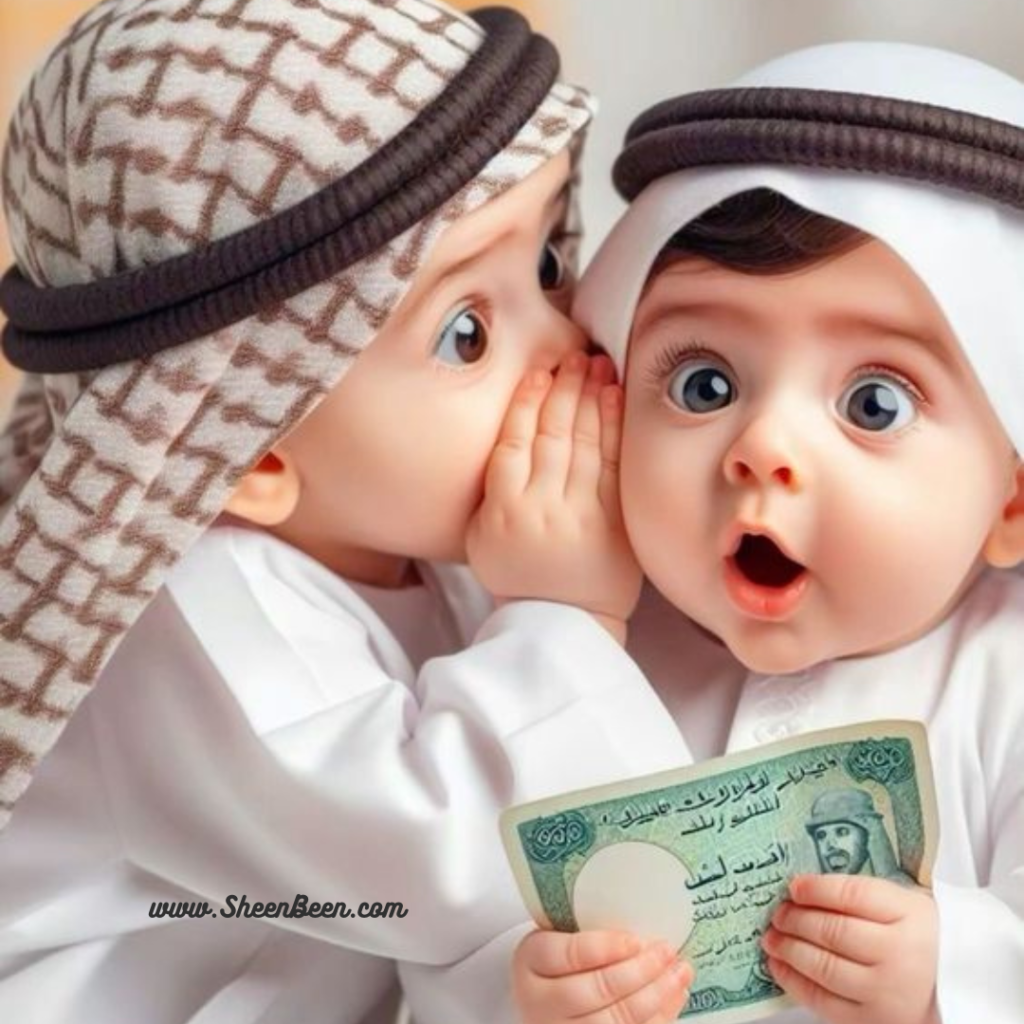Islamic Pictures : Deep Dive Into Art,Culture And Faith
Islamic pictures are more than just a visual representation. They are an integral part of the expression of faith, culture and identity. Unlike Western art, which mostly focuses on depicting human and animal forms, Islamic art focuses on abstract, geometric, and floral patterns. This is due to the hatred common in many Islamic traditions, which discourage the depiction of living beings to avoid idolatry. As a result, Islamic imagery often uses calligraphy, Arabic languages, and intricate designs to convey meaning and beauty
Islamic art and imagery encompasses a wide range of creative expression that reflects the rich cultural heritage, religious beliefs and historical experiences of Islamic societies. These images often combine aesthetic beauty with deep spiritual meaning to create a unique and captivating visual language. In this article, we will examine the importance of Islamic imagery, its various forms and styles, and its lasting impact on art and culture.
Table of Contents
Islamic pictures are more than just a visual representation. They are an integral part of the expression of faith, culture and identity. Unlike Western art, which mostly focuses on depicting human and animal forms, Islamic art focuses on abstract, geometric, and floral patterns. This is due to the hatred common in many Islamic traditions, which discourage the depiction of living beings to avoid idolatry. As a result, Islamic imagery often uses calligraphy, Arabic languages, and intricate designs to convey meaning and beauty.
Calligraphy : The Art Of Beautiful Writing
Calligraphy is one of the most revered forms of Islamic art. It often involves an artistic presentation of an Arabic text using Quranic verses, Hadiths (sayings of the Prophet Hazrat Muhammad Peace Be Upon Him) or other religious texts. Calligraphy is considered a sacred art because it contains the written word of God. It is not only a means of communication but also a form of meditation and worship.
Types Of Islamic Calligraphy:
Kufic : It is the oldest form of Arabic calligraphy, and is distinguished by its angular and geometric shapes. It has been widely used in early Qur’anic manuscripts and architectural monuments. Its bold, textured appearance makes it ideal for writing on buildings and other landmarks. This style laid the foundation for the development of other forms of calligraphy in Islamic art Islamic Pictures.
Naskh : Transcription, a more general form of copying, became popular in book copying and journal writing. It was known for its clarity and elegance, allowing for more fluid and fast writing. Its elegant appearance made it ideal for literary and scientific writings. This style is still widely used in printed materials today.
Thuluth : This font features cursive capital letters often used in architectural decoration and ceremonial inscriptions. Its fluid and dynamic style makes it visually striking and beautiful. It is mostly seen in mosques and neighborhoods and increases the aesthetic appearance of these places. This text adds grandeur to important texts and inscriptions.
Dewani : Developed during the Ottoman Empire, Diwani is a highly ornate and complex script. It is known for its intricate and ornate style, and is often used in official documents and royal decrees. The detailed design makes it visually attractive and suitable for important texts. The beauty and complexity of the Diwani reflects the sophistication of Ottoman art and administration.
Geometric Patterns : The Language Of Symmetry
Geometric patterns are a distinctive feature of Islamic art and reflect Islam’s emphasis on order, harmony and unity. These patterns often consist of interlocking shapes, repeated motifs, and complex designs that can be expanded infinitely. The use of geometry in Islamic imagery is a mathematical and spiritual exercise symbolizing the infinite nature of God and the interconnections of creation.
Key elements of geometric patterns :
- Stars And Polygon : These shapes are often combined with intricate patterns that symbolize the cosmos and divine order. Their intricate designs reflect the interconnections of the universe. It has a spiritual and philosophical meaning when used in various forms of Islamic art. These patterns also emphasise harmony and balance. It is a visual representation of unity and harmony in creation.
- Arabesques : The flowing and interwoven designs often include floral elements, the eternal nature of creation, and the Arabic language representing the interconnections of life. These works reflect the infinite beauty and complexity of the natural world. These common symbols in Islamic art symbolize progress and continuity. Arabesque highlights harmony and balance in design. It serves as a visual metaphor for the interconnections of all living things.
- Tessellations : These patterns, created by repeating the same motif without gaps or overlaps, symbolize the unity and diversity of the Islamic world. Tessellation reflects the complex and infinite nature of creation. They are widely used in Islamic art and architecture. These designs emphasise order and harmony. A tessellation visually represents the interconnectedness of everything.
The role Of Islamic Pictures In Society
Islamic imagery or pictures plays an important role in various aspects of Islamic life, from religious practices to cultural expression and social functions. It is seen not only as an art but also as an integral part of the social and spiritual fabric of Islamic societies.
Religious Significance
In religious contexts, Islamic images enhance the spiritual atmosphere of mosques, madrasas (Islamic schools) and homes. The calligraphy containing verses from the Qur’an is of particular importance because it reminds believers of their faith and divine presence. These artworks are often prominently displayed in places of worship, providing a focal point for worship and contemplation.
Cultural Heritage
Islamic pictures are a testament to the rich cultural heritage of Islamic societies. They preserve historical and artistic traditions, passing them on from generation to generation. These artworks also serve as tools of cultural expression, allowing artists to express their identities, values, and experiences.
Educational Tools
Islamic art has educational value and teaches the viewer about the history, theology and aesthetics of Islam. Through the study of Islamic paintings, one can gain insight into the philosophical and spiritual underpinnings of the religion, as well as the cultural and historical contexts in which these works of art were created.
Social And Political Contemporary
In contemporary times, Islamic art can also serve as a vehicle for social and political commentary. Artists can use traditional methods to address modern issues such as identity, immigration, and global politics. This form of expression allows the rich tradition of Islamic art to be maintained while dealing with current events and challenges. By incorporating contemporary themes, artists can highlight social issues and stimulate thought and debate.This fusion of old and new ensures that Islamic art remains contemporary and vibrant. It connects the past and present by encouraging a deeper understanding of both historical and modern contexts. Ultimately, contemporary Islamic art promotes cultural dialogue and encourages pressing global issues.
Must Read
Islamic imagery or pictures is a profound and fascinating form of artistic expression that reflects the rich cultural, religious and historical heritage of the Islamic world. From sacred calligraphy to the mesmerizing beauty of geometric patterns, these works of art carry deep spiritual and aesthetic meaning. As we appreciate and study Islamic art, we gain insight into the values, beliefs, and experiences of Islamic societies throughout history. Whether through traditional or contemporary forms, Islamic imagery or pictures continues to inspire and resonate, providing a timeless connection to the divine and beautiful.


